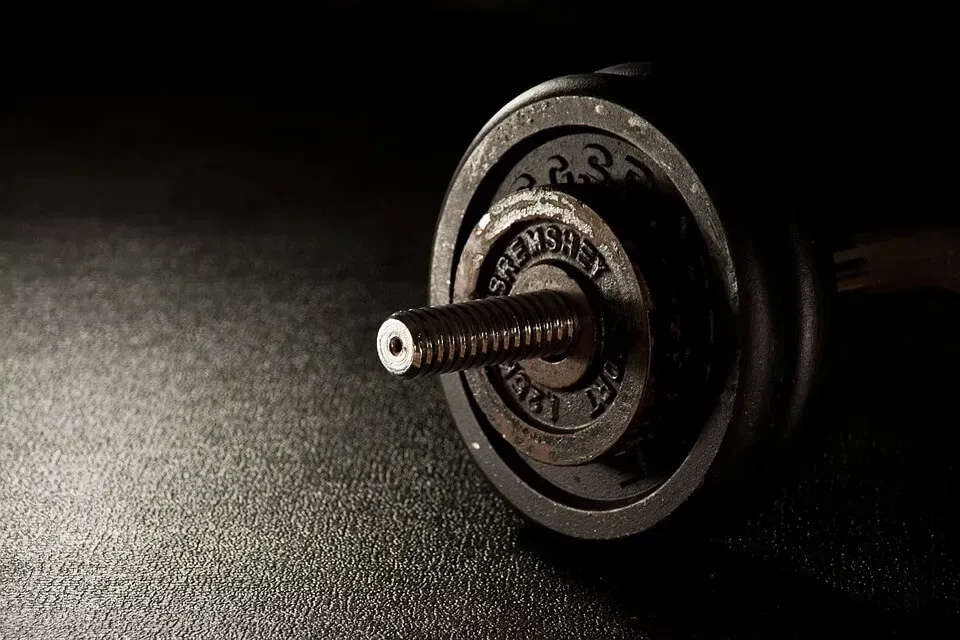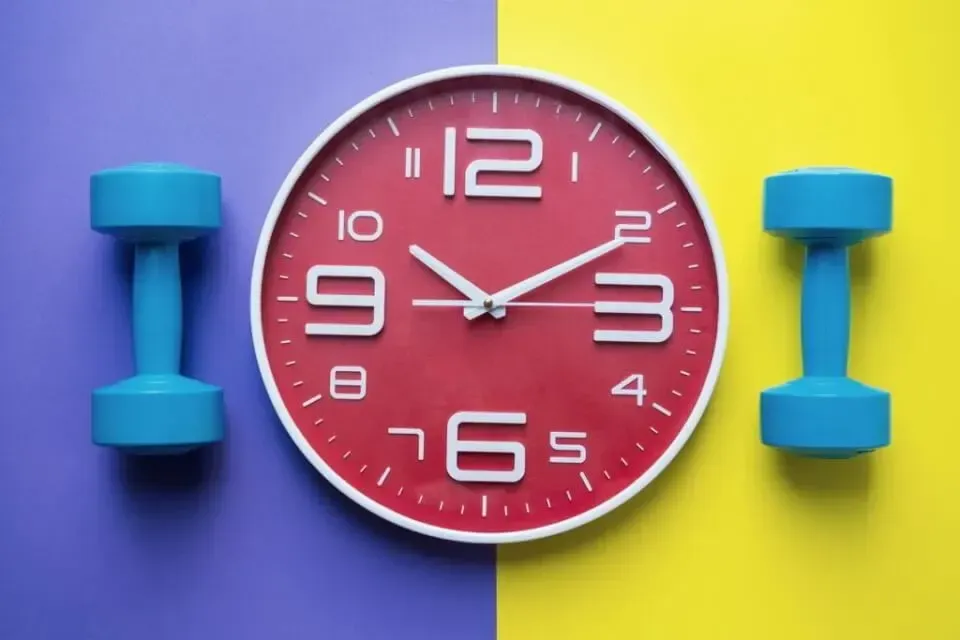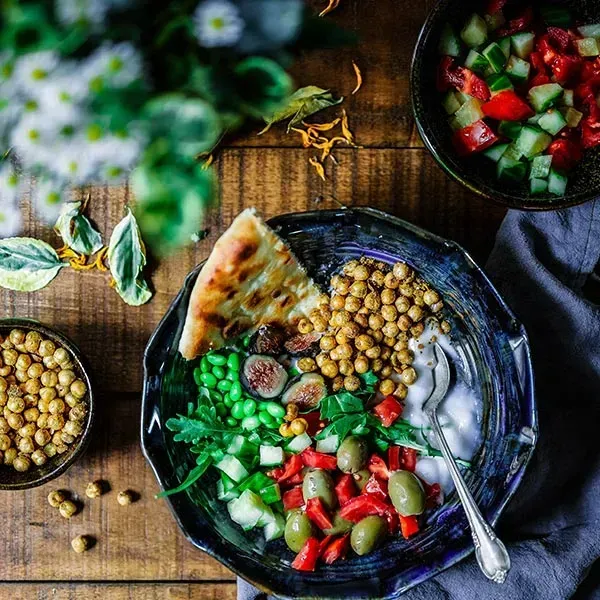Author name
FORGET BEING PERFECT – EMBRACE “ALL OR SOMETHING”
SWAP ALL OR NOTHING FOR ALL OR SOMETHING
You’ve heard of the term “all or nothing mindset” – but do you know if you are currently stuck in it? All or nothing thinking is often what stands in the way of us reaching our fitness and health goals.
Read on to find out how to identify it, and how you can turn that mindset into “all or something”!
Firstly, here are the two most common ways an all or nothing mindset presents in fitness and nutrition:
- alternating periods of “being good” and being off track – lots of people are stuck in a cycle of severely restricting their food intake and exercising religiously during the week, followed by a big food blowout on the weekend and very little physical activity. This often leaves us with nothing to show in terms of results because they are cancelling each other out.
- letting one slip up turn into binge eating, or missing one workout and writing off the entire week – another way we sabotage ourselves is with trying to do everything perfectly, and allowing anything that isn’t quite right to spiral into something more.
- Does one or both of those things sound familiar? By taking steps to reject all or nothing thinking and embrace “all or something”, you canbring yourself closer to achieving your goals!
- introduce some treat foods into the week, and bring some healthy foods into the weekend
– moderation is the opposite of all or nothing thinking. Rather than forbidding anything enjoyable during the week, bring in a mid-week dessert (or something else you like!). Balance this by bringing some of your healthy habits into the weekend – a workout or a walk, an alcohol free day or a healthy breakfast or lunch at home
- set yourself a range to work within for training – rather than setting yourself the goal of 4 sessions a week, give yourself a range of 3-5 sessions. This way you’re always going to get something done, rather than declaring the whole week a failure after missing one or two sessions – remember that even one session is better than nothing.
- just do something! Even when everything feels completely disastrous or out of your control, do something that tips the scales in the right direction. Had too much to drink? Have a glass of water. Feel like you’ve eaten too much today, or eaten “badly”? Make your next meal nutritious (fill your plate with fresh veggies and lean protein). Can’t get to the gym? Go for a walk, have a quick stretch in your living room, play with the kids or get out in the garden. It all counts!
- remember that it’s not about being perfect – it’s about doing the best you can and looking for ways in which you can improve. Putting all or something into practise takes time so be kind to yourself while you work at it!

Feeling thrown off by all these long weekends and school holidays and social events? Never fear, we have some tricks to motivate you to get back into the gym! You want to keep to your training schedule. You have the best intentions at the start of every week – but somehow that long term consistency is eluding you. How do we kick start our motivation, and when it starts to fade, hold onto it? Here’s some proven tips and tricks for you to try… Reward yourself If you want to step up your motivation to train consistently, consider dangling a very big carrot in front of yourself – a beautiful handbag, a fancy dinner out, a spa treatment, a nice watch… pick something you’ve wanted for a while. Then set a training schedule (2-4 sessions a week) and at the end of each week if you’ve completed the sessions, put aside some cash for your reward. You can scale this kind of reward up or down – try putting 1 or 2 dollars in a jar after each session and using it to buy yourself lunch after a few weeks, or go all out and book a holiday and use that date as motivation for achieving your fitness goals. Join forces with a friend You’ve heard it time and time again – because it’s true! If you team up with a partner, friend or colleague to hit the gym, you are much more likely to stick to it. You can keep each other accountable, remind each other of why you’re there, and complain about your sore muscles together over a coffee. To make this even more effective, check in with your workout buddy at least once a week to see how they’re doing – lift them up when they’re not feeling it and they’ll do that for you too. Commit to a challenge Committing to a set period of training with specific goals to achieve can help kick start your efforts and get you in the routine of working out regularly. This is a great idea for those who want to keep themselves on track but don’t necessarily have a set idea of exactly what they’d like to focus on with their fitness. Chat to one of our Big 5 coaches aboutour upcoming challenges if you’re keen to get motivated! Working through set tasks as part of a group gives you a sense of community and connection, and establishes an instant support network for any positive changes you’d like to make going forward. Plus, competing against others or as part of a team can make exercise feel more like a game or a social activity rather than something you “have to do”. Remember, to stick to training for the long term, you need to enjoy it! The more you enjoy something, the less it’s going to feel like a chore.

MORNING VS EVENING SESSIONS – WE PUT THEM TO THE TEST It’s an age-old debate… should we exercise in the morning or evening? And does it really make a difference to your results? Research has shown some small differences between morning and evening exercise in terms of performance and the effect exercise has on the body – but are these big enough that we need to overhaul our workout routines? Read on to find out… Benefits of the morning sweat session Whether you bound out of bed excited for your morning workout, or you hit the snooze button several times before dragging yourself to the gym, the affect is the same – you’ve already done your workout before most people are even awake! If you’re currently a morning exerciser, you may be familiar with the huge range of reasons why a morning workout is the best. These include: Better energy and productivity throughout the day Feeling better while training (because you have an empty stomach) It can be easier to stick to consistently long term (which is key to results!) Frees up your evenings for other things Plus research shows morning exercise has a positive effect on metabolism and can aid with weight control. And benefits of the evening workout In the other corner, we have our evening exercisers – those who have soldiered through their days juggling all their responsibilities, and still squeeze in time for their workout. Those of you who are regulars at our evening sessions know how hard it can be to show up sometimes after a long day, but it’s always worth it for how good you feel afterwards. Some other great things about evening exercise include: It helps you walk away from and wind down from work Can help you sleep better Your body is fuelled from eating during the day and ready to perform No early morning alarms! Plus research shows some improved performance in the evening – ideal for weightlifting and intense cardio The verdict Don’t get too caught up in whether morning or evening exercise is “better” – the workout you are actually going to do is far superior to one you intended to do! Work with your natural energy highs and lows to determine which might suit you better – those with higher energy levels in the morning would obviously do better in the morning training sessions, whereas night owls may find the evening sessions better suited. Just get it done!

WHY EACH MACRO DESERVES A PLACE ON YOUR PLATE We’ve all demonised one or two macros at some point, convinced it’s the thing holding us back from our goals(hello, low carb diet). But what if we told you that all three were essential? Forget cutting out whole macro groups – it’s about finding the right ratio of the three macros to help you feel good! Read on to find out the important role each macro plays. PROTEIN – THE MUSCLE BUILDER Protein has long been praised for its role in repairing and building muscle. This isn’t just for gym bros – your body needs protein to repair every kind of tissue in the body! Your protein intake needs will be unique depending on gender, age and activity levels (among other things) – aim to include a serving of high protein foods with every meal and snack. Examples include all meats and seafoods, eggs, Greek yoghurt, tofu, tempeh and legumes CARBS – THE ENERGY PROVIDER Carbs are your body’s preferred source of fuel (this is why you get brain fog when you drop your carbs too low!) Carbs are also essential to restoring your depleted muscles after a workout, so don’t forget to add carbs to your post-workout meal. Focus on wholegrain, high fibre and low GI carbs for slow releasing energy. Watch your portion sizes if trying to shift weight – 1 cupped handful is a good reference point to start with! Examples of high carb foods are brown rice, white and sweet potato, wholegrain bread and quinoa. FATS – THE NUTRIENT ABSORBER Fats were demonised for years as the cause of weight gain, but have redeemed themselves as a health hero – they play a big role in hormone health (particularly for women) and in nutrient absorption. Vitamins A, D, E and K can only be properly absorbed by the body when consumed with a source of fat! Again, watch your portion sizes if trying to shift weight as fats have a lot of calories. 1-2 tablespoons per meal is a good reference point if you’re not sure of portion sizes. Examples of dietary fats include cooking oils, nuts, seeds, avocado, cheese and other dairy items like whole milk and yoghurt.
